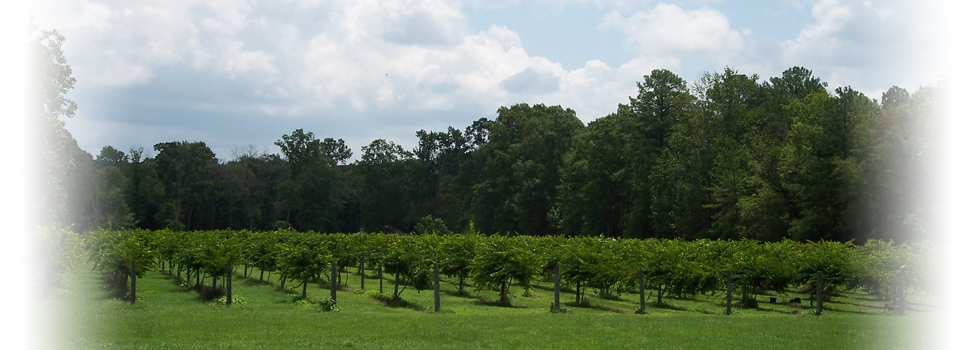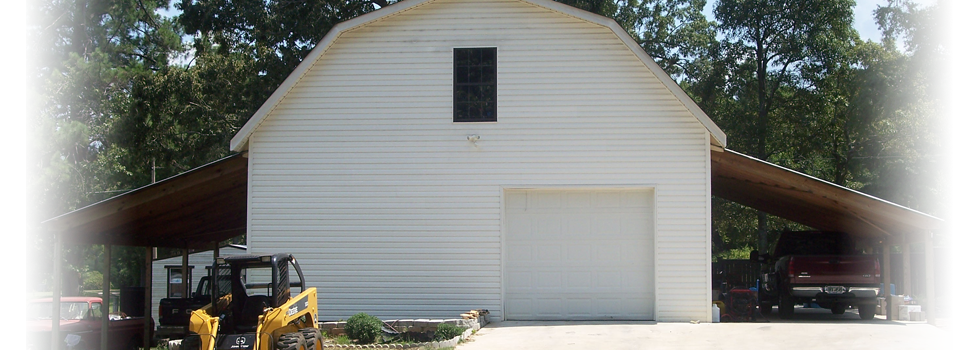- Try tasting your wine while the food is in your mouth, for a real chemistry lesson. As the enzymes begin to break the food down many delicate flavors are released.
- Since the body is composed mainly of water, it stands to reason that it needs to be replenished constantly. When flying, you will need to keep yourself hydrated, especially if you are consuming alcoholic beverages.
- Storing Wine: Always leave corked bottles on their side, to keep the cork wet. Keep out of direct sunlight. A cool place around 55 degrees (13 Celsius) is perfect, but it is more important to have a consistent temperature, so a little warmer and consistent is fine.
- Color doesn’t just tell you acidity level though, if it’s a little orangish on the edges, it may be several years (or even decades) old. When you have a very translucent wine that’s weak in color it could be from a cooler region or from a light red wine.
- Your palate is composed of a series of taste buds, tongue, the interior of your mouth and the most important sensor of all: your nose. Developing a good palate starts with paying close attention to what’s going on with these aforementioned sensory areas.
- Are you in the mood for a light, medium or full-bodied wine? Body is the result of many factors – from wine variety, where it’s from, vintage alcohol level and how it’s made. Body is a snapshot of the overall impression of a wine. You can improve your skill by paying attention to where and when it’s present.














